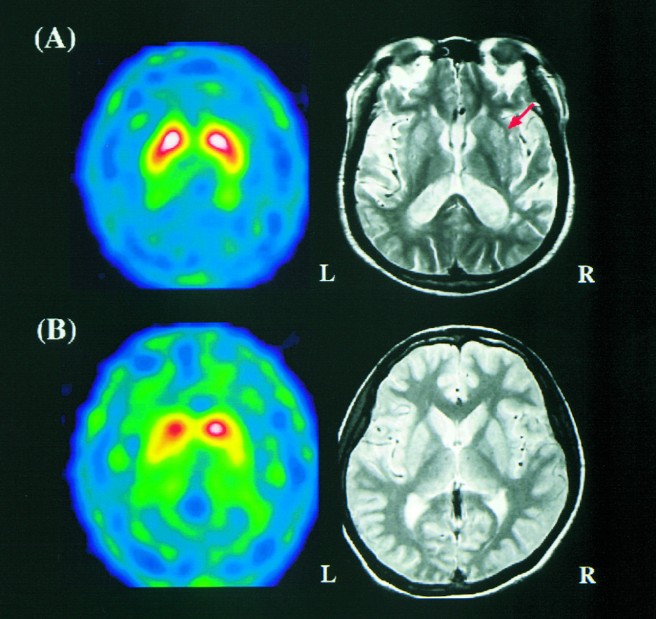
During Super Bowl 51, ex-president George HW Bush was visibly wheel chair bound. He has in fact been using motorised scooters and wheelchairs since 2012.
His doctors have indicated that he suffers from Vascular Parkinsonism.
In today’s post we will discuss what Vascular Parkinsonism is and how it differs from Parkinson’s disease.

During a visit to the White house. Source: Heavy
An important concept to understand about the subject matter here:
Parkinsonism is a syndrome, while Parkinson’s is a disease.
A syndrome is a collection of symptoms that characterise a particular condition, while a disease is a pathophysiological response to internal or external factors. The term ‘Parkinsonism’ is an umbrella term that encompasses many conditions which share some of the symptoms of Parkinson’s disease.
There are many different types of Parkinsonism, such as:
- Idiopathic Parkinson’s disease (the most common type of parkinsonism)
- Progressive Supranuclear Palsy (PSP)
- Corticobasal Degeneration (CBD)
- Multiple System Atrophy (MSA)
- Essential tremor
- Vascular Parkinsonism
- Drug-induced Parkinsonism
- Dementia with Lewy bodies
- Inherited Parkinson’s disease
- Juvenile Parkinson’s disease
All of these conditions fall under the syndrome title of ‘Parkinsonism’, but are all considered distinct/separate diseases in themselves.
So what is Vascular Parkinsonism?
Vascular Parkinsonism was first described in 1929 by Dr Macdonald Critchley (King’s College Hospital, London).

Macdonald Critchley. Source: Npgprints

Title: Arteriosclerotic Parkinsonism.
Author: Critchley, M.
Journal: Brain (1929) 52, 23–83
PMID: N/A (this article is accessible by clicking here)
It is estimated that approximately 3% to 6% of all cases of Parkinsonism may have a vascular cause. Vascular (or Arteriosclerotic) Parkinsonism is results from a series of small strokes in the basal ganglia area of the brain and can lead to the appearance of symptoms that look like Parkinson’s disease: slow movements, tremors, difficulty walking, and rigidity.
Walking problems are particularly prominent with Vascular Parkinsonism, as the lower half of the body is usually more affected than the upper half. Another sign of Vascular Parkinsonism can be a poor or no response to L-dopa treatment, as production of dopamine is not the problem. Using brain scanning techniques we can see that some people with Vascular Parkinsonism will have a normal Dopamine transporter (DAT) scan – which demonstrates appropriate levels of dopamine being released and reabsorbed in the striatum (the red-white areas in the image below).

DAT-scan and MR images of 62-y-old male with Vascular Parkinsonism (A) and 62-y-old male with Parkinson’s disease (B). Source: JNM
The brain scans above are from a person with Vascular Parkinsonism (A) and another person with Parkinson’s disease (B). Firstly, note the reduced levels of red-white areas in the image (B) – this reduction is due to less dopamine is being released and reabsorbed in the striatum in Parkinson’s disease (as there are less dopamine fibres present). Compare that with the relatively normal levels of red-white areas in the image (A), indicating normal levels of dopamine turnover (suggesting dopamine fibres are still present). Next, look at the black and white image in panel (A) and you will see a red arrow pointing at damaged areas (darkened regions) of the striatum – indicative of mini strokes. A dopamine receptor scan may show a reduction in the levels of dopamine receptors as a result of the strokes, meaning that the released dopamine will not be having much effect.
Do we know what can cause the strokes associated with Vascular Parkinsonism?
The symptoms of Vascular Parkinsonism tend to appear suddenly and generally do not progress, unlike Parkinson’s disease. We don’t know for sure what causes the mini strokes associated with Vascular Parkinsonism, and it probably varies from person to person, In general, however, doctors believe that high blood pressure and diabetes are the most likely causal factors (heart disease may also play a role).
What does it all mean?
Some people of Parkinson’s disease may actually have Vascular Parkinsonism, which can result from mini strokes in the basal ganglia region of the brain. They will usually be unresponsive to L-dopa and have more motor issues with their lower half of the body.
While Ex-President George HW Bush’s situation is extremely unfortunate, it reminds us that not all forms of Parkinsonism are Parkinson’s disease – an important factor to keep in mind when considering treatment regimes. We have posted this information here to make the Parkinson’s community more aware of this form of Parkinsonism. Later in the year we will discuss another form of Parkinsonism.
The banner for today’s post was sourced from Ew